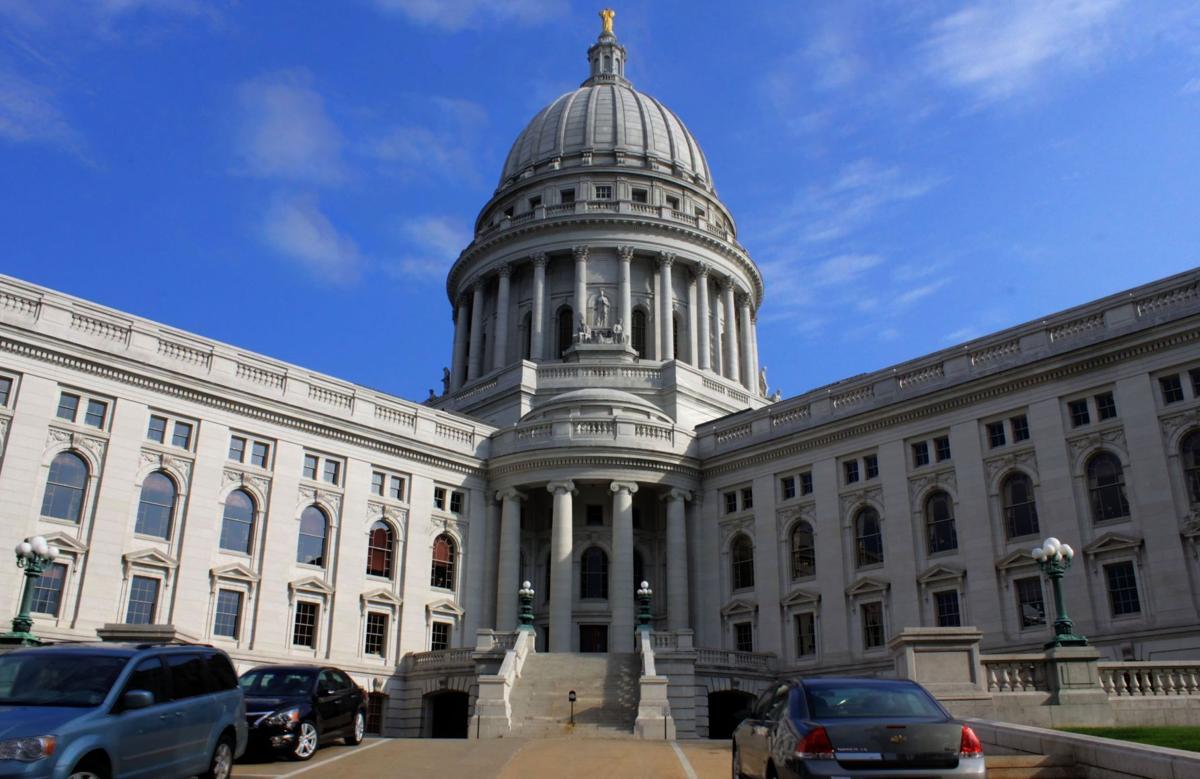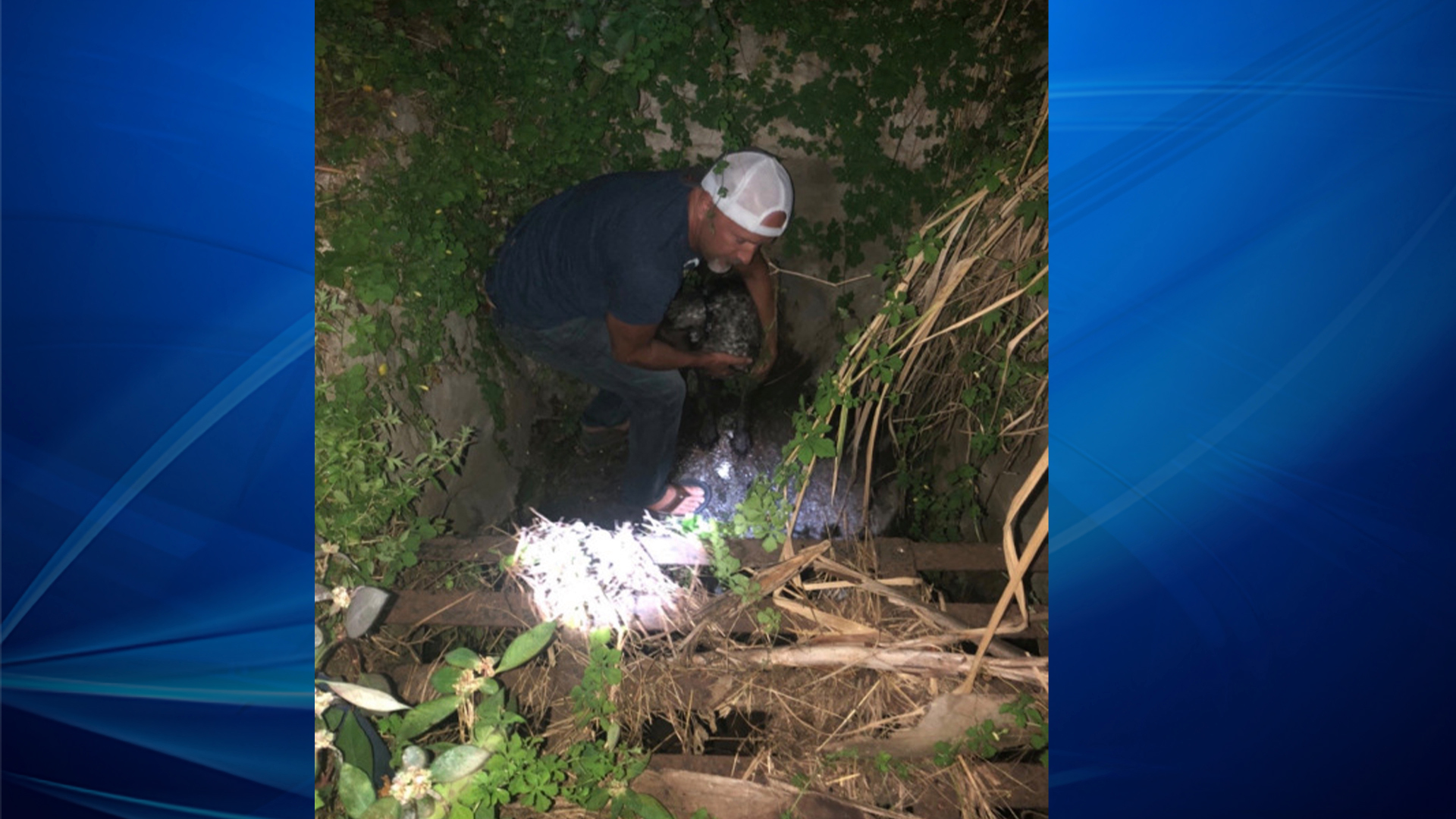“My first duty as President is to protect the American people, and today I’m taking action to fulfill that sacred obligation,” he declared.
A few months later, Trump’s only acknowledgment of his government taking down an alleged domestic terrorism plot to kidnap the Democratic governor of Michigan was to wonder why he hadn’t been thanked.
How Trump chooses to promote his administration’s efforts to enforce “law and order” follow a clear pattern of political calculation; in instances when the Justice Department finds cases that bolster his claims of fraudulent voting, rampant urban crime or deep state corruption, Trump is eager to participate. He’s likely to reinforce the message about quelling violence on Saturday when he delivers remarks on “law and order” from a White House balcony to a crowd on the South Lawn.
But when the government has worked to combat extremist anti-government groups — which even his own FBI says present the most pressing threat to the nation — Trump has at best ignored the efforts and at worst used them to fan the very resentments held by the groups’ followers.
The situation could only become more fraught as the election nears and as some extremist groups seek to retaliate against continued lockdown orders. Trump himself has railed against continued restrictions and has pointedly refused to call for post-election calm, even as he makes false claims about a rigged vote.
Former officials and others familiar with the situation say Trump has demonstrated little interest in making efforts to combat domestic terrorism a priority for his administration, despite warnings from law enforcement officials, members of Congress and groups that track extremism about the increasing threat of extremist and far-right groups. Some have claimed White House officials attempted to suppress use of the phrase “domestic terrorism” altogether over the course of the Trump administration.
Others said it was evident Trump recognized his own supporters were among those being labeled “domestic terrorists” and believed it would damage his standing with his base to warn of their danger.
Animated instead by immigration enforcement and a crackdown on urban crime — issues he believes galvanize his voters — Trump has publicly downplayed the threat posed by armed militia groups and sought to focus attention elsewhere.
After the FBI investigated whether local officials in Pennsylvania improperly discarded ballots, Trump was briefed personally on the matter by Attorney General Bill Barr and revealed details of it during a Fox interview before they were made public.
He has also taken enthusiastic and at times furious interest in the department’s work probing the origins of the Russia investigation, publicly encouraging Barr to “move” this week to bring criminal charges as the presidential election nears.
But he hasn’t made broad or vocal appeals on combating domestic terrorism. In the hours of phone-in television interviews he conduced after the Michigan plot was revealed, Trump made barely a passing mention of it — and only to bemoan the fact he wasn’t getting credit.
“The President always wants to pick a side, and he wants to pick the side that supports him,” said Miles Taylor, a former Homeland Security official in Trump’s administration who now opposes the President and is a CNN contributor. “But Donald Trump has created, in my opinion, the favorable conditions that have allowed these domestic terrorist groups to rise.”
“The White House wanted to cover its eyes and wanted to cover its ears when it heard about domestic terrorism because they didn’t want to pay attention to the right-wing extremists that they saw as a potential base of support,” Taylor said. “As a consequence, the President’s rhetoric has served as a loaded gun for those groups who have since taken his words as sort of permission to do what they’re doing.”
The plot
On Thursday, instead of specifically condemning the groups that allegedly hatched an elaborate plot to abduct Democratic Gov. Gretchen Whitmer and instigate a civil war, Trump went after the governor for not easing coronavirus restrictions in her state.
“Gov. Whitmer of Michigan has done a terrible job. She locked down her state for everyone, except her husband’s boating activities,” Trump tweeted. “The Federal Government provided tremendous help to the Great People of Michigan. My Justice Department and Federal Law Enforcement announced today that they foiled a dangerous plot against the Governor of Michigan. Rather than say thank you, she calls me a White Supremacist—while Biden and Democrats refuse to condemn Antifa, Anarchists, Looters and Mobs that burn down Democrat run cities.”
Before his tweet, Whitmer had accused Trump of fomenting conditions that allowed groups such as Wolverine Watchmen — whose members were charged on Thursday — to flourish.
“Just last week, the President of the United States stood before the American people and refused to condemn white supremacists and hate groups like these two Michigan militia groups,” Whitmer said, claiming those who were plotting to kidnap her had “heard the President’s words not as a rebuke but as a rallying cry — as a call to action.”
Trump, meanwhile, insisted he did not endorse anything the group did, even as he accused Whitmer of angering citizens of her state by maintaining coronavirus lockdowns.
“I do not tolerate ANY extreme violence,” he wrote. “Defending ALL Americans, even those who oppose and attack me, is what I will always do as your President! Governor Whitmer—open up your state, open up your schools, and open up your churches!”
He wrote the message while recovering from coronavirus himself at the White House. It echoed Trump’s calls over the summer for Whitmer to reverse restrictions on businesses and gatherings meant to prevent coronavirus from spreading.
Right-wing groups have protested Whitmer’s pandemic response since early in the crisis, when thousands of people — some of them armed — gathered at the state capitol in Lansing to demand she reverse executive orders that shut down much of the state.
Trump sided with those protesters, many of whom arrived to the capitol waving Trump flags. He tweeted “LIBERATE MICHIGAN” and said those agitating for looser rules were “very good people, but they are angry.”
Protesters
Two months later, Trump took the opposite view of protesters demanding justice after the police killing of George Floyd, an unarmed Black man who died in police custody in Minnesota. Trump ordered an outsized federal response to the demonstrations, which spread to cities across the country.
The President was responding to criticism from his allies that he appeared weak as some of the protests turned violent. But the crackdown generated fierce backlash, particularly after chemical agents were used to clear a park across from the White House so Trump could stage a photo-op outside a church.
As protests have continued in some cities, Trump has sided with groups that have sought to quell the violence themselves. He defended a caravan of his supporters who drove into Portland, Oregon, and fired paintball guns at protesters, calling them “peaceful protesters” and claiming they were using paintballs as “a defensive mechanism.”
He has also defended Kyle Rittenhouse, a 17-year-old who is accused of fatally shooting two people during protests over the police shooting of another unarmed Black man, Jacob Blake.
Social media accounts believed to belong to Rittenhouse portray a young White man with an affinity for guns who supports “Blue Lives Matter” and Trump. Asked if he agreed with armed vigilantes like Rittenhouse taking to the streets, Trump said he’d “like to see law enforcement take care of everything,” but didn’t condemn vigilantism.
The issue seemed to reach a zenith during the first presidential debate, when Trump declined to specifically condemn the Proud Boys, a far-right group whose ideology has been labeled “misogynistic, Islamophobic, transphobic, and anti-immigration” by the Anti-Defamation League.
Instead, Trump told the Proud Boys to “stand back and stand by,” a phrase later co-opted by the group in memes and social media posts.
In online statements, Proud Boys have claimed they have only used violence in self-defense. But members are often seen carrying firearms, bats and donning protective gear, and some have been convicted of crimes against anti-fascist protesters. Their supporters have been seen at recent protests across the US, including in Portland.
Later, Trump insisted he’d never heard of the Proud Boys. After days of backlash, he finally said he condemned them in an interview on Fox. But that did not seem to dampen the group’s support for him; its founder joined a vigil for the President outside Walter Reed National Military Medical Center over the weekend.


